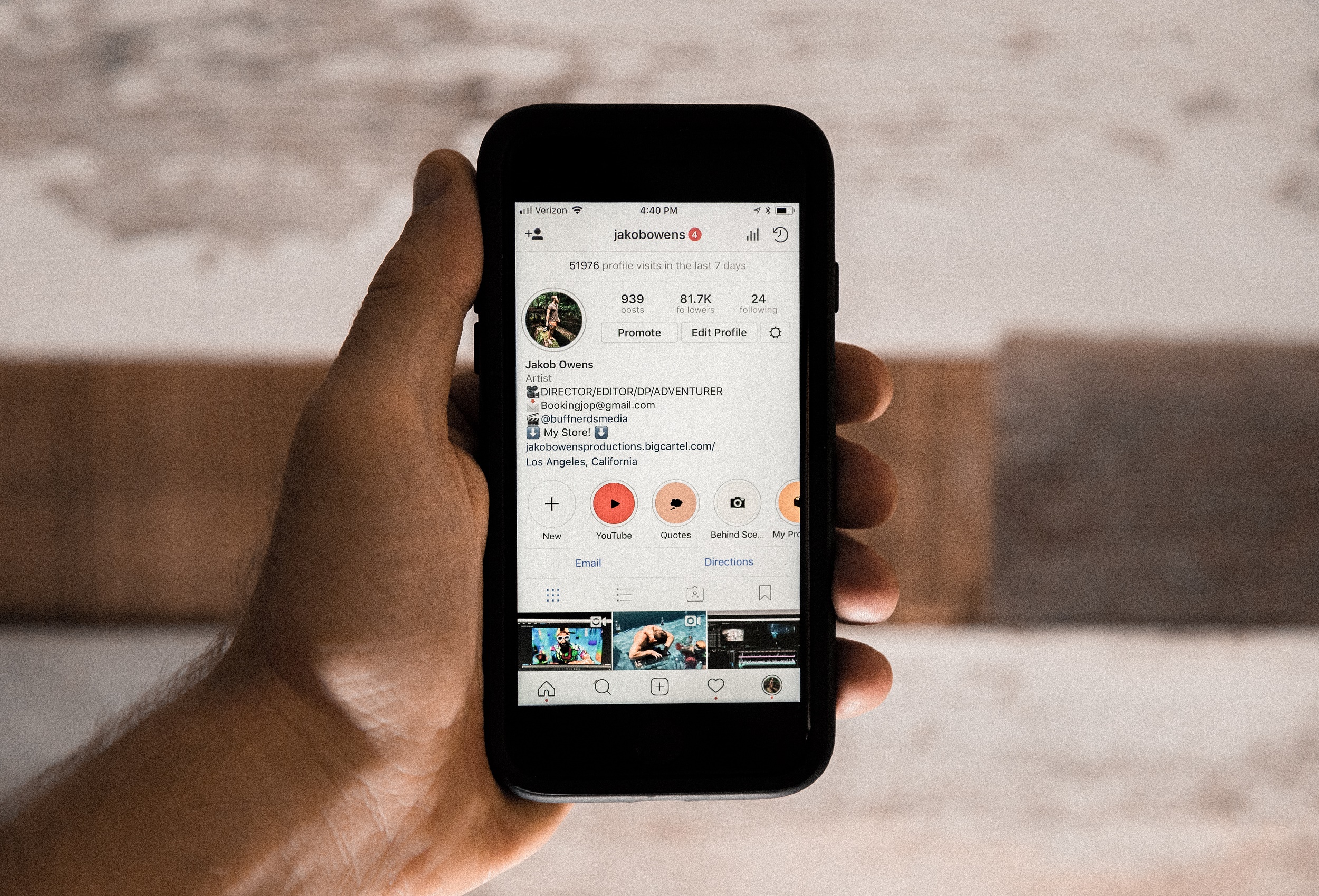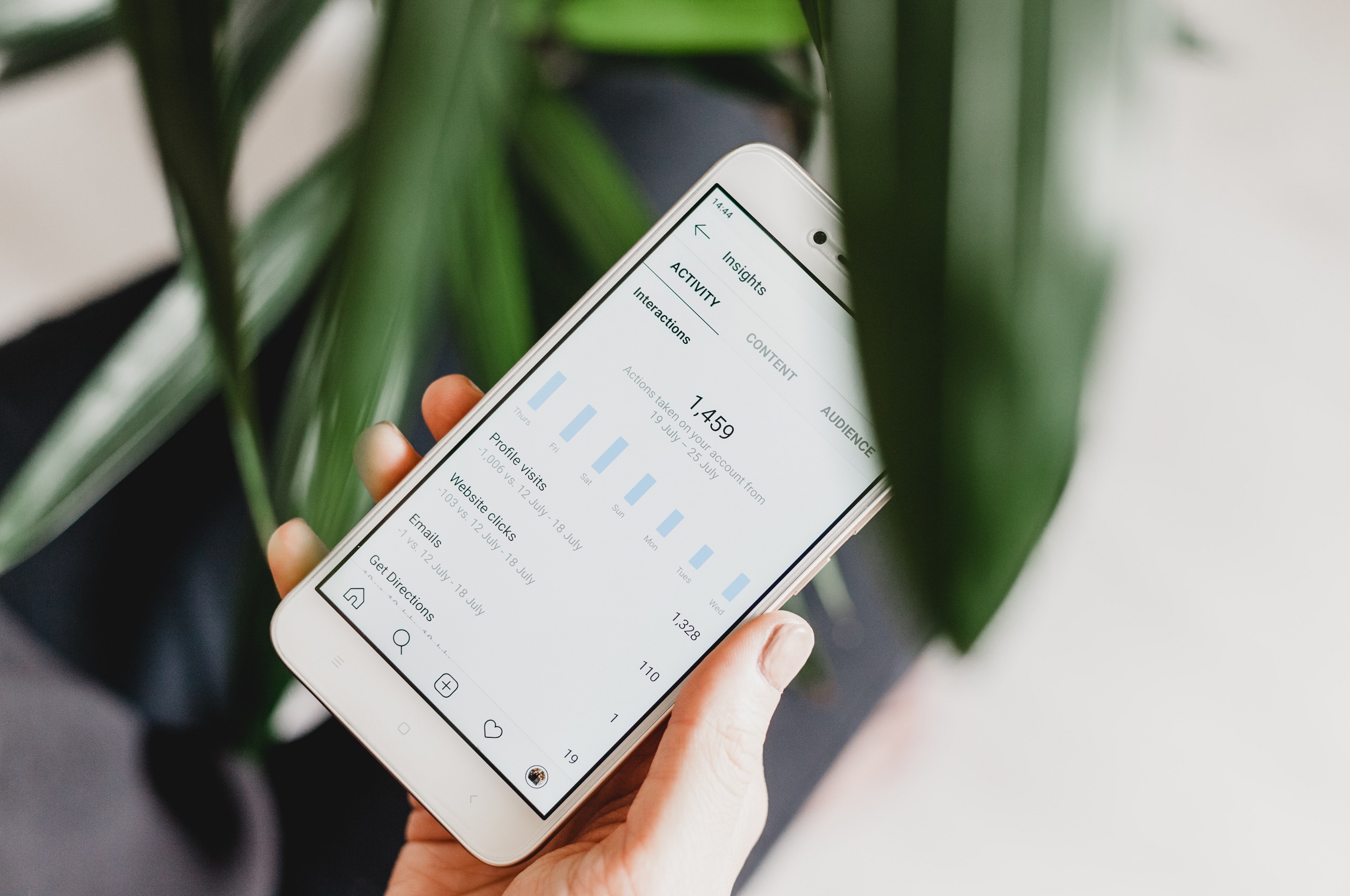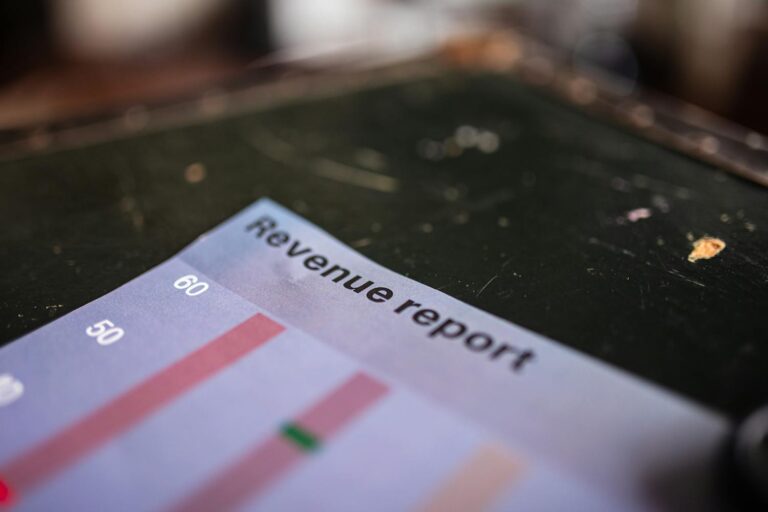
Simply having a social media presence in today’s business world isn’t good enough.
The digital marketing landscape has evolved considerably over the past few years, and it’s more competitive than ever before. Brands are going head to head against each other to ensure that their messaging doesn’t just resonate with people online but also continues to retain their attention for as long as possible.
Accurate data is essential to figuring out how your social media efforts are performing so far and what changes need to be made in order to either reverse any decline in the performance or to achieve further growth.
Success on social media is no longer something that marketers can achieve by flying in the dark. What they require is precise data that enables them to make data-driven decisions.
The great thing about social media platforms is that they provide you with a wealth of data to track, measure, and analyze. However, it’s important to know which of those metrics matter the most and how to utilize that knowledge to make improvements to the campaign in order to achieve the desired results.
Important social media metrics in 2022
- Follower growth
This is perhaps the simplest but one of the most important social media metrics. You need to keep a close eye on follower growth to see if your efforts are paying off and more people are essentially signing up to be regularly updated with whatever content you share.
This holds true for both organic growth and social media marketing campaigns that are focused entirely on increasing the follower count. If the numbers aren’t going up as quickly as you might have hoped, it would suggest that perhaps the campaign needs to be tweaked so that it can achieve a considerable ROI. Having a lot of followers on social media is also a sign to others who just come across your brand that it’s already viewed favorably by so many other people.

- Impressions
Simply put, impressions are the number of times that users see your content. It’s pertinent to note that one user can result in multiple impressions. This metric isn’t a measure of how many users have seen your content. Rather, it measures the number of times your content has been seen by all users.
This is an important metric because it highlights your content’s ability to get views. If you have a good enough follower count but the impressions are low, chances are that the content isn’t gaining enough traction. Some changes may be required to the content strategy to increase the number of impressions.
- Reach
Reach is another simple yet powerful metric. It lets you know the number of users who have seen your content. Even if a user sees your content multiple times, they’ll still be counted as one user. For example, if 1000 followers of a brand see their content many times, the brand’s reach remains 1000.
This metric makes it easier to figure out if your content is making its way to new users. Brands with low reach will need to improve their content strategies to ensure that whatever their posting has a better chance of surfacing for new users.
- Engagement Rate
On any social media platform, engagement is the true representation of how frequently your followers choose to interact with your client. The engagement rate includes likes, comments, shares, and other interactions on content. Social media platforms provide more visibility to content that has a higher engagement rate.

A brand that has a significant number of followers but a low engagement rate runs the risk of appearing as if it has fake followers. If your content isn’t generating enough engagement, it may need to be fixed so that people who see it are inclined to either like it or leave a comment. This will give the content a greater chance of surfacing in front of users who may never have interacted with your brand in the past.
- Bounce Rate
It’s not just about how many people you’re able to bring on your page. That’s just one piece of the puzzle. You also need to consider data on how users exit from the page. This data is crucial in figuring out whether structural changes need to be made to ensure that visitors stay on the page for as long as possible.
A higher bounce rate is a clear indication to marketers that the content isn’t resonating with the visitors and they’re quickly moving on to the next page. They simply don’t want to engage with the content after they visit the first page. With the insight gleaned from this data, changes can then be made as part of the efforts to bring down the bounce rate.
- Cost Per Click
Running paid campaigns on social media is simple enough but do keep in mind that the costs can quickly spiral out of control if you’re not keeping a close eye on the data. For marketers that are running these campaigns, the cost per click is perhaps one of the most important metrics.
It tells them precisely how much money they’re spending for every click on one of their ads. A high cost per click clearly shows that their targeting isn’t right and the traffic isn’t converting. Bringing down the cost per click is essential to the long term success of campaigns. A campaign with a consistently high cost per click would likely struggle to even break even, let alone generate a decent return on investment.
The best online marketers are always data-driven
It has been proven time and time again that data-driven decisions are highly effective when it comes to social media. There’s no shortcut or easy way to extract the results that you’re after. It needs to be a conscious effort to comb through some of these important data points to figure out whether the strengths and weaknesses lie, so that accurate decisions can then be taken to achieve growth.
Many other important metrics also exist that when analyzed in conjunction with these highly important metrics will provide marketers with the perfect platform to launch highly optimized campaigns from.




